How hyper-converged infrastructure can supercharge your business
Forget about consolidation - HCI can unlock a world of possibilities for your organisation

The data centre can be a notoriously troublesome beast; it's often temperamental, it's constantly hungry for resources and without care and attention, it can turn into an unruly, truculent pain. Managing a data centre's infrastructure has always been a complicated problem but for the past few years, hyperconverged infrastructure has been touted as the solution.
Hyperconverged infrastructure (often abbreviated to HCI) is, in a nutshell, a single machine that includes all the essential elements that make up a company's IT infrastructure hardware: compute power, storage capacity, networking capabilities and a hypervisor layer to manage it all. All the various elements are virtualised, software-defined and centrally-managed.
Wrapping all of these elements particularly storage and compute into one box and then using multiple boxes to create a shared pool of capacity removes the problem of having under-utilised hardware in your data centre, saving you from making costly investments in servers that are going to be gathering dust for most of their lifetime.
HCI systems are also easier to manage, as a single management layer and toolset is used to administer the whole stack which may be why, according to Gartner, up to 20% of business-critical applications currently running on traditional infrastructure will be running on hyper-converged systems by next year.
The advantages that HCI can offer businesses around data centre consolidation and simplification are well-documented but hyperconvergence isn't just something that makes life easier for the IT department. In actuality, hyperconverged infrastructure systems can boost an organisation's efficiency and agility across the board.
Deploying and maintaining an HCI solution is far simpler than managing a traditional server farm. According to IDC, HCI requires 73% less time to deploy and 51% less time to support than traditional infrastructure. With less time spent keeping the lights on, IT teams have time to work on bringing new capabilities to the rest of the business, such as rolling out new cloud-native SaaS tools which make life easier for the people in areas like finance, sales and HR.
The applications that are running in your data centre will thank you, too - an improvement of more than 40% in application performance means that those applications will deliver faster time-to-value. For workloads like analytics, this is incredibly important being able to make data-driven business decisions based on actionable intelligence 40% faster is a huge advantage in today's fast-moving business world.
Another time-saving benefit of hyper-converged infrastructure is the ability to make much greater use of automation within your data centre, as having a homogenous suite of tools and technologies means compatibility is a non-issue. Because elements like the storage, networking and compute power are all virtualised and software-defined, provisioning also becomes a snap.
Thorough automation and scheduling is one of the cornerstones of digital transformation, allowing many of the mundane, repetitive tasks that go into managing a data centre to be taken care of automatically leaving your IT staff free to focus on the really important stuff like expanding the business.
When you do need to expand, HCI makes that easy, too. Increasing your data centre's capacity is as simple as adding in as many new nodes as necessary, and because they're based on low-cost commodity hardware rather than expensive proprietary servers, expansion can be done in small and easily budgeted-for stages.
This applies to physical expansion as well. If you're opening a new data centre or a new remote branch which requires on-site infrastructure hardware, just ship out the requisite hyper-converged appliances. Rather than having to effectively set up and configure a whole new data centre, the appliances can be slotted into the rack, and then centrally managed alongside your organisation's existing hardware.
You can kiss over-provisioning goodbye as well, since expanding an HCI system is so easy, you don't need to build extra headroom for expansion into your data centre plans. This leads to a lower cost-of-entry and TCO, as well as faster expansion cycles. Backups, too, are quicker and easier; HPE's SimpliVity platform, for example, features built in backup, snapshot and disaster recovery features, as well as always-on data dedupe facilities and the ability to use public cloud platforms like Azure and AWS as targets.
To paraphrase a famous quote, three things in life are certain: death, taxes and hardware failure. Inevitably, a fault is going to force a portion of your data centre offline but this doesn't have to impact availability. Because HCI systems are distributed (meaning data is spread across multiple nodes), even if an entire rack falls over, it won't necessarily cause an outage of your applications.
Thanks to inbuilt backup and data recover, its RapidDR capability automates failover and failback. HPE's SimpliVity platform allows for one-click restoration from backups, and can reduce recovery times by 70% or more when compared to non-automated methods. This, of course, means no lost revenue from store pages and customer order portals going down, and no lost productivity from outages of the internal business apps that your staff rely on to do their jobs.
HPE's SimpliVity platform offers the chance to supercharge your business, with faster app performance, greater reliability and vastly simpler data centre management. SimpliVity customers can expect rapid, frictionless scaling, significant cost savings and the ability to deploy bleeding-edge computing technology within their environment.
Your business needs to be digitally-enabled, maximally productive and agility-focused, and running resilient, consolidated and software-defined SimpliVity infrastructure in your data centre can help keep your company at the head of the pack.
Discover more about HPE Simplivity and hyper-converged infrastructure here
Sign up today and you will receive a free copy of our Future Focus 2025 report - the leading guidance on AI, cybersecurity and other IT challenges as per 700+ senior executives
ITPro is a global business technology website providing the latest news, analysis, and business insight for IT decision-makers. Whether it's cyber security, cloud computing, IT infrastructure, or business strategy, we aim to equip leaders with the data they need to make informed IT investments.
For regular updates delivered to your inbox and social feeds, be sure to sign up to our daily newsletter and follow on us LinkedIn and Twitter.
-
 Trump's AI executive order could leave US in a 'regulatory vacuum'
Trump's AI executive order could leave US in a 'regulatory vacuum'News Citing a "patchwork of 50 different regulatory regimes" and "ideological bias", President Trump wants rules to be set at a federal level
-
 TPUs: Google's home advantage
TPUs: Google's home advantageITPro Podcast How does TPU v7 stack up against Nvidia's latest chips – and can Google scale AI using only its own supply?
-
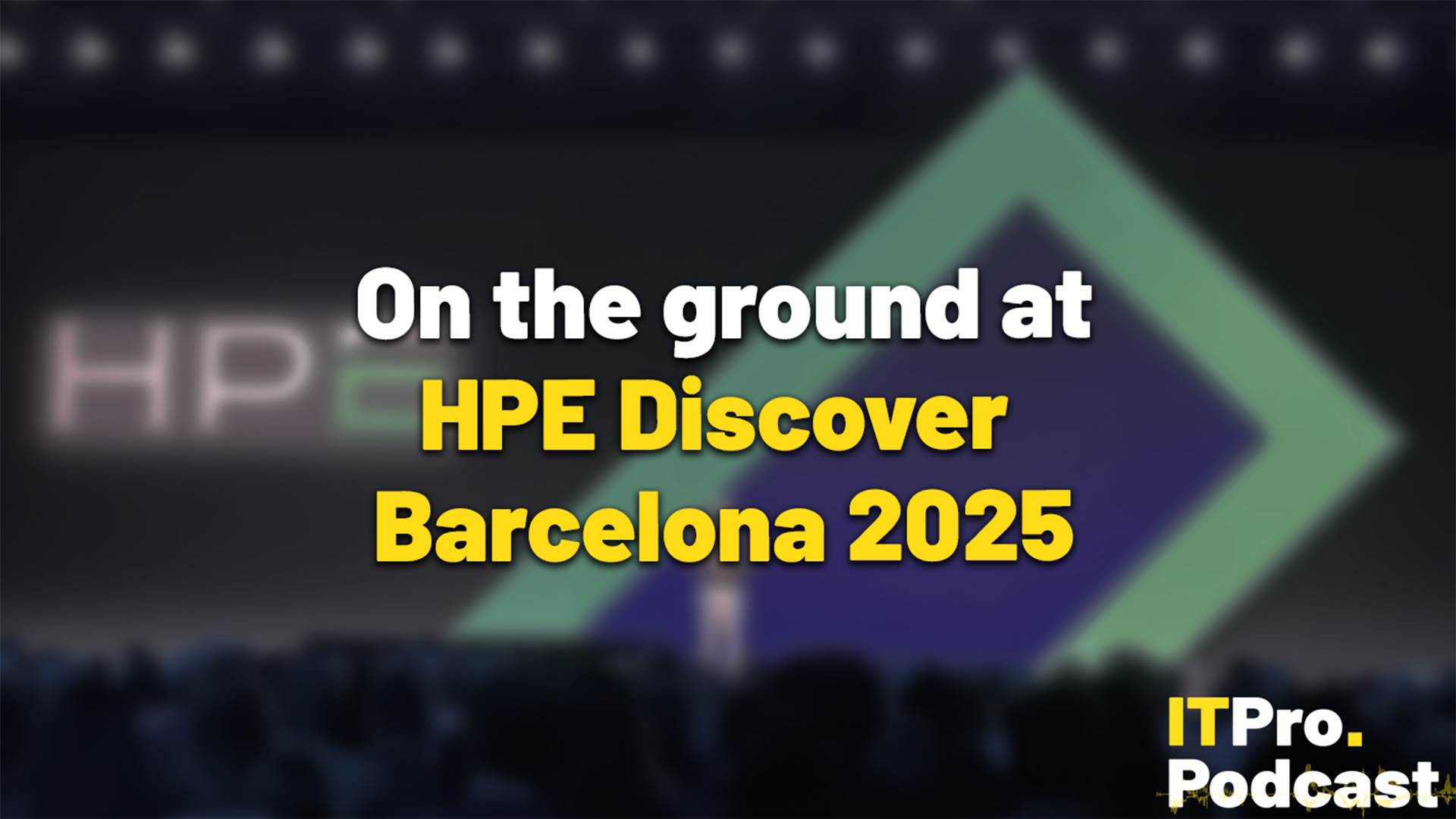 On the ground at HPE Discover Barcelona 2025
On the ground at HPE Discover Barcelona 2025ITPro Podcast This is a pivotal time for HPE, as it heralds its Juniper Networks acquisition and strengthens ties with Nvidia and AMD
-
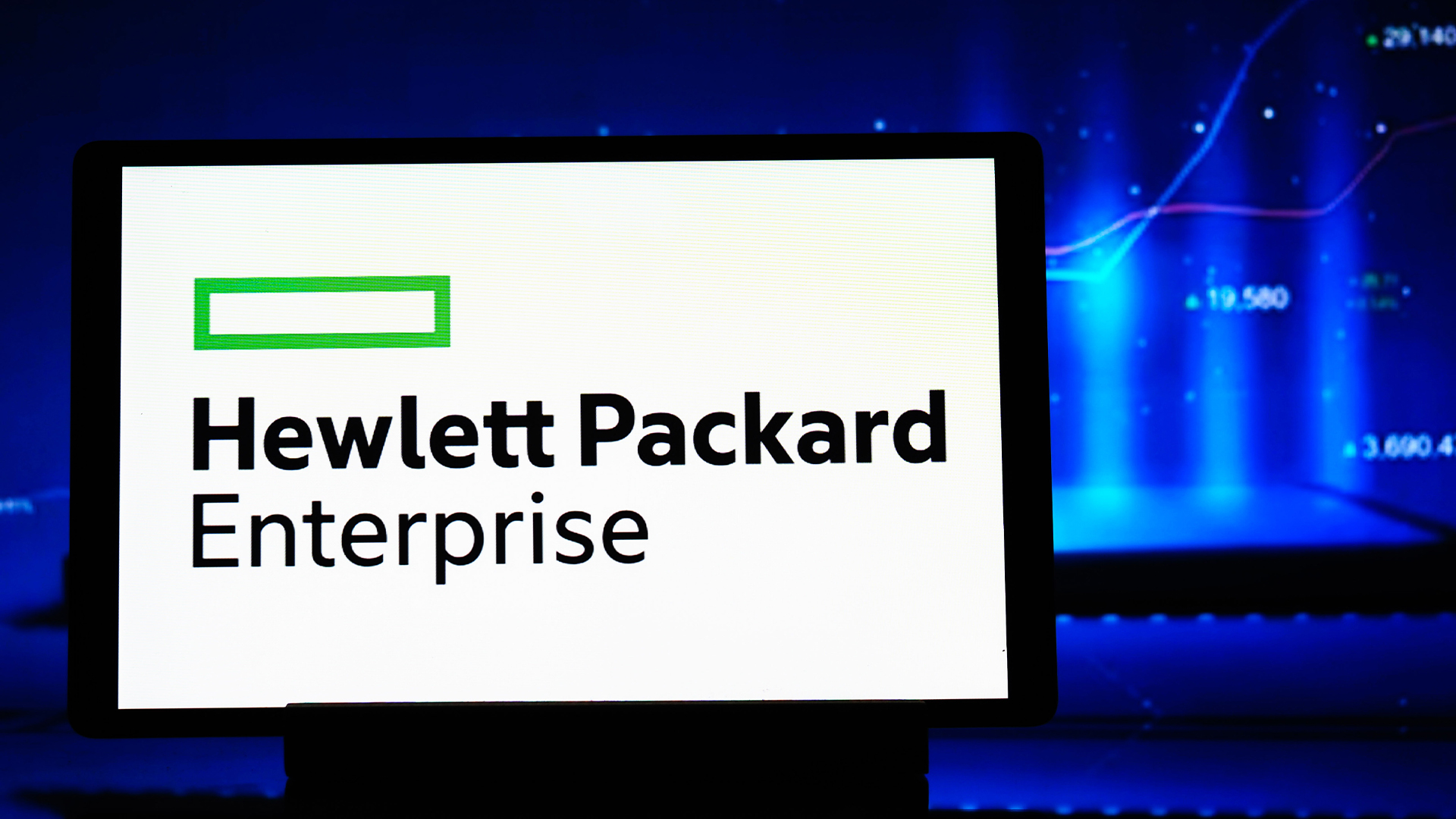 HPE promises “cross pollinated" future for Aruba and Juniper
HPE promises “cross pollinated" future for Aruba and JuniperNews Juniper Networks’ Marvis and LEM capabilities will move to Aruba Central, while client profiling and organizational insights will transfer to Mist
-
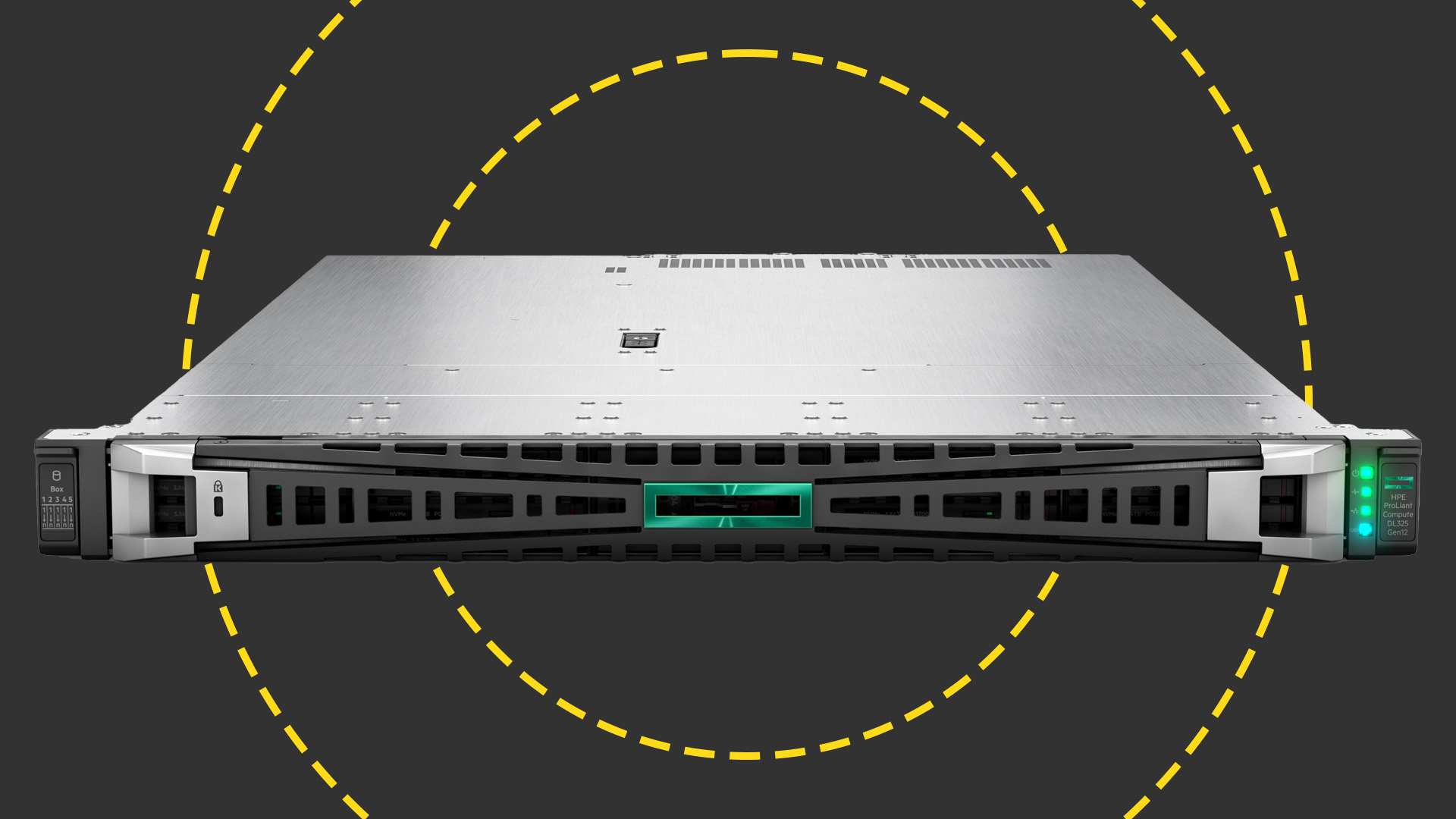 HPE ProLiant Compute DL325 Gen12 review: A deceptively small and powerful 1P rack server with a huge core count
HPE ProLiant Compute DL325 Gen12 review: A deceptively small and powerful 1P rack server with a huge core countReviews The DL325 Gen12 delivers a CPU core density and memory capacity normally reserved for expensive, power-hungry dual-socket rack servers
-
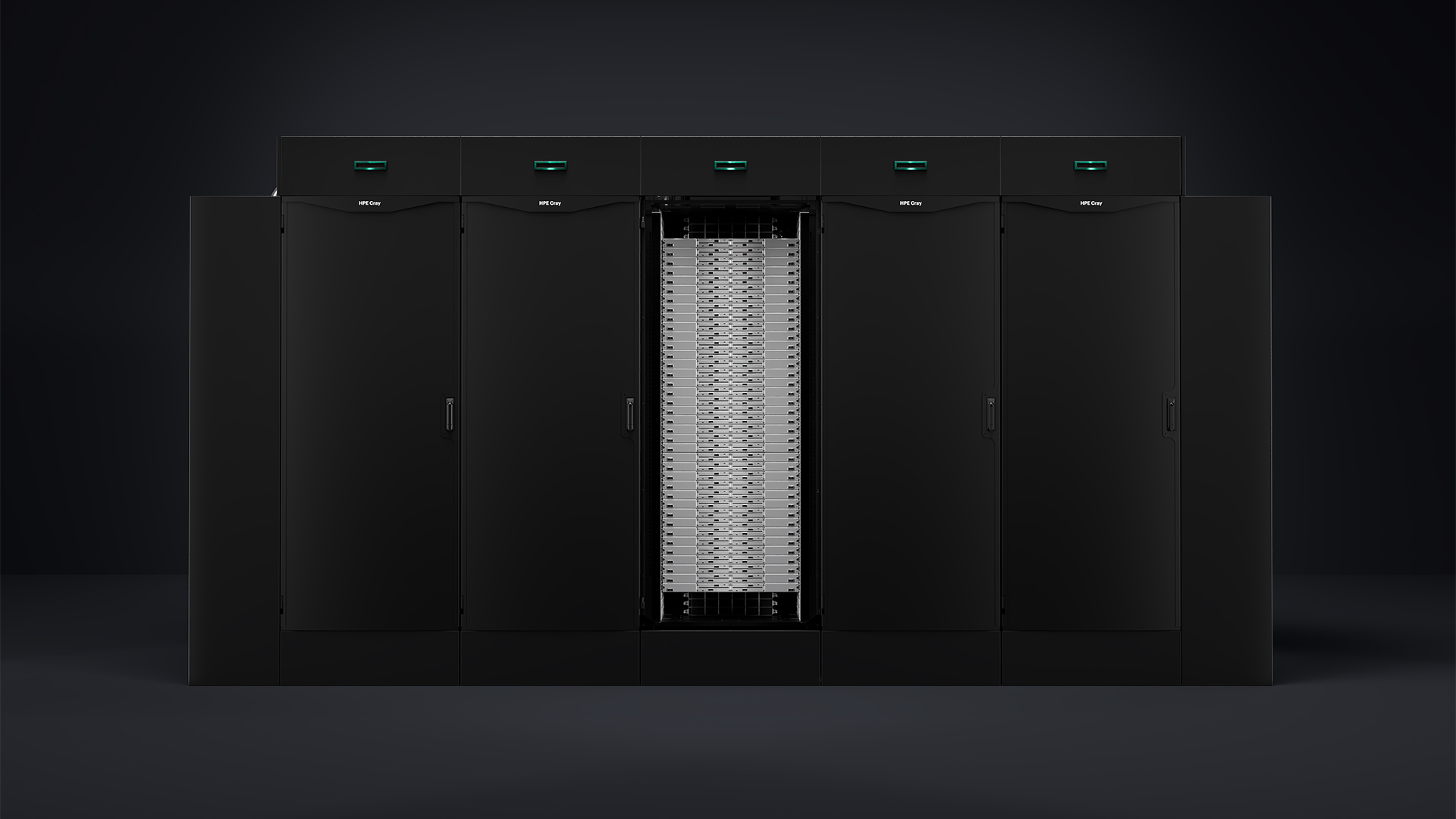 HPE's new Cray system is a pocket powerhouse
HPE's new Cray system is a pocket powerhouseNews Hewlett Packard Enterprise (HPE) has unveiled new HPC storage, liquid cooling, and supercomputing offerings ahead of SC25
-
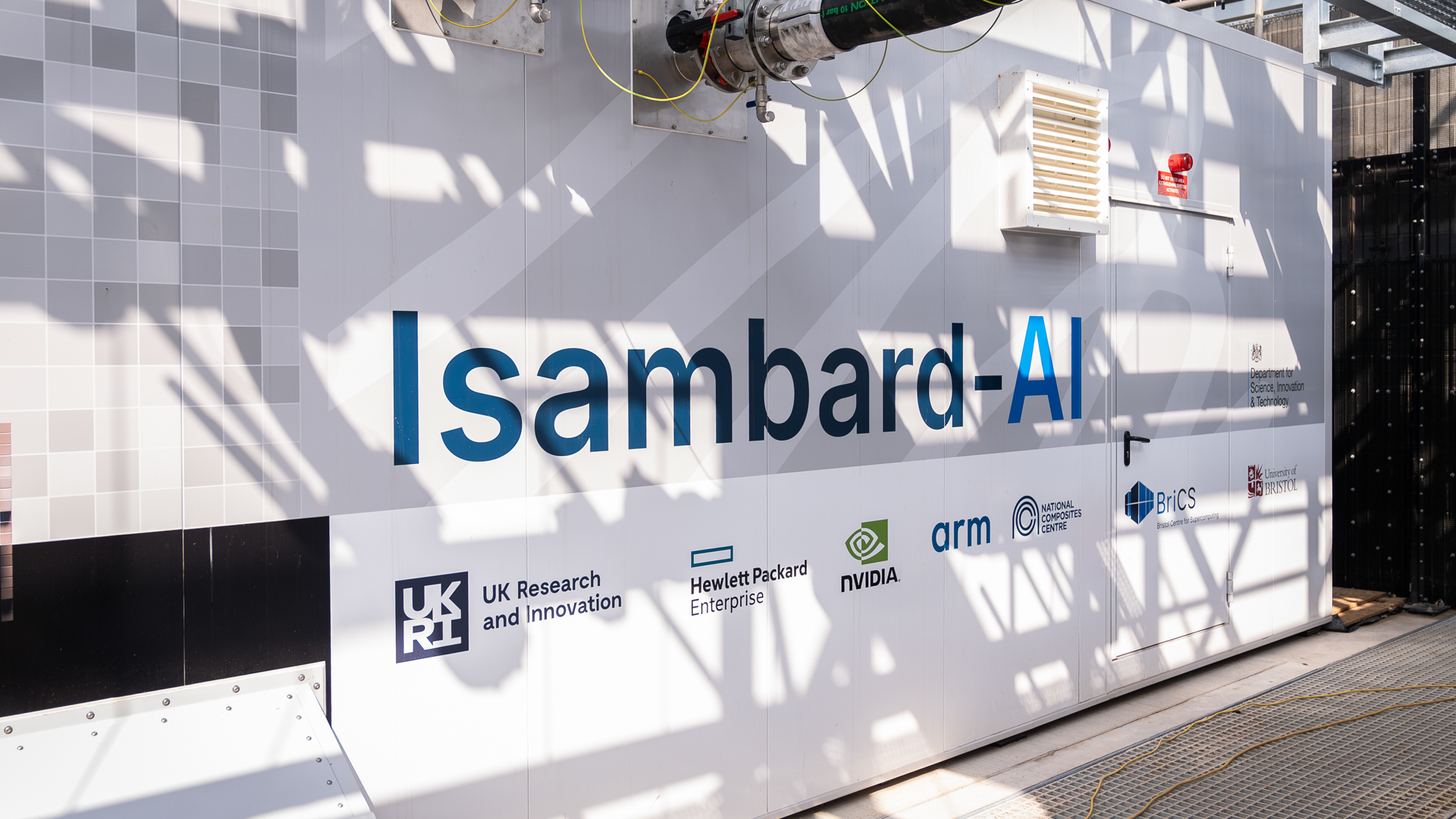 Inside Isambard-AI: The UK’s most powerful supercomputer
Inside Isambard-AI: The UK’s most powerful supercomputerLong read Now officially inaugurated, Isambard-AI is intended to revolutionize UK innovation across all areas of scientific research
-
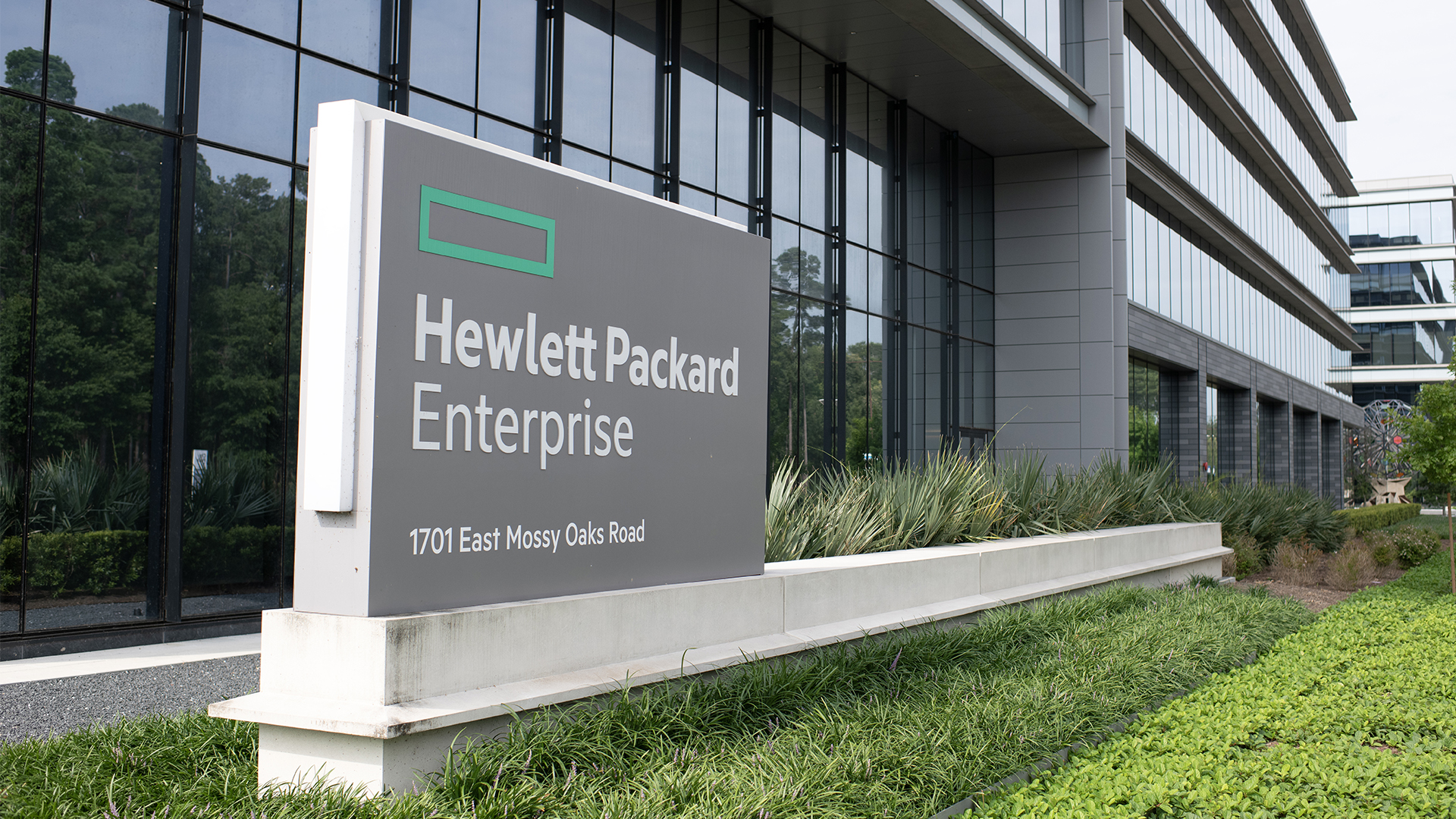 HPE forced to offload Instant On networking division and license Juniper’s AI Ops source code in DOJ settlement
HPE forced to offload Instant On networking division and license Juniper’s AI Ops source code in DOJ settlementNews HPE will be required to make concessions to push the deal through, including divesting its ‘Instant On’ wireless networking division within 180 days.
-
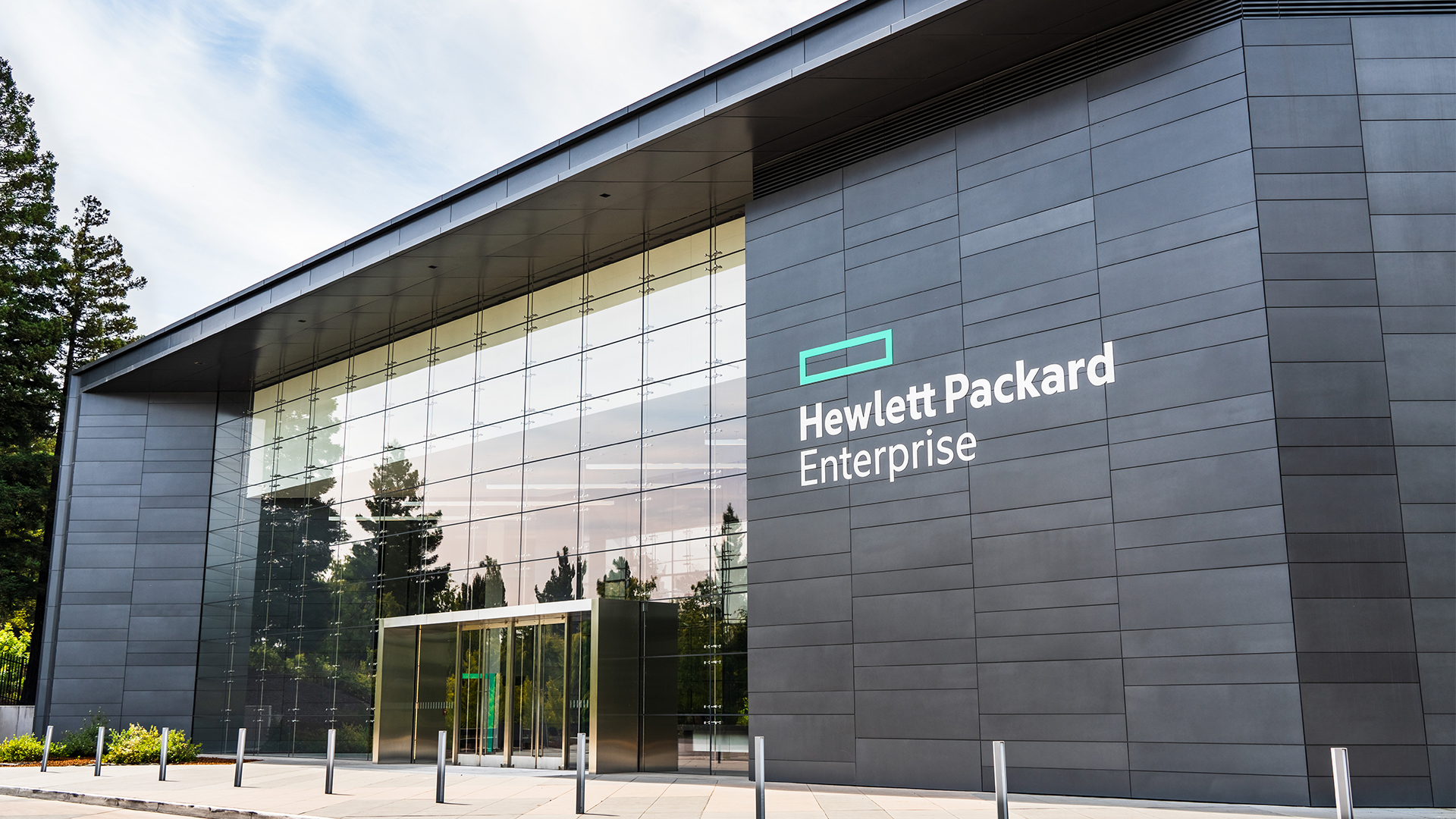 HPE eyes enterprise data sovereignty gains with Aruba Networking Central expansion
HPE eyes enterprise data sovereignty gains with Aruba Networking Central expansionNews HPE has announced a sweeping expansion of its Aruba Networking Central platform, offering users a raft of new features focused on driving security and data sovereignty.
-
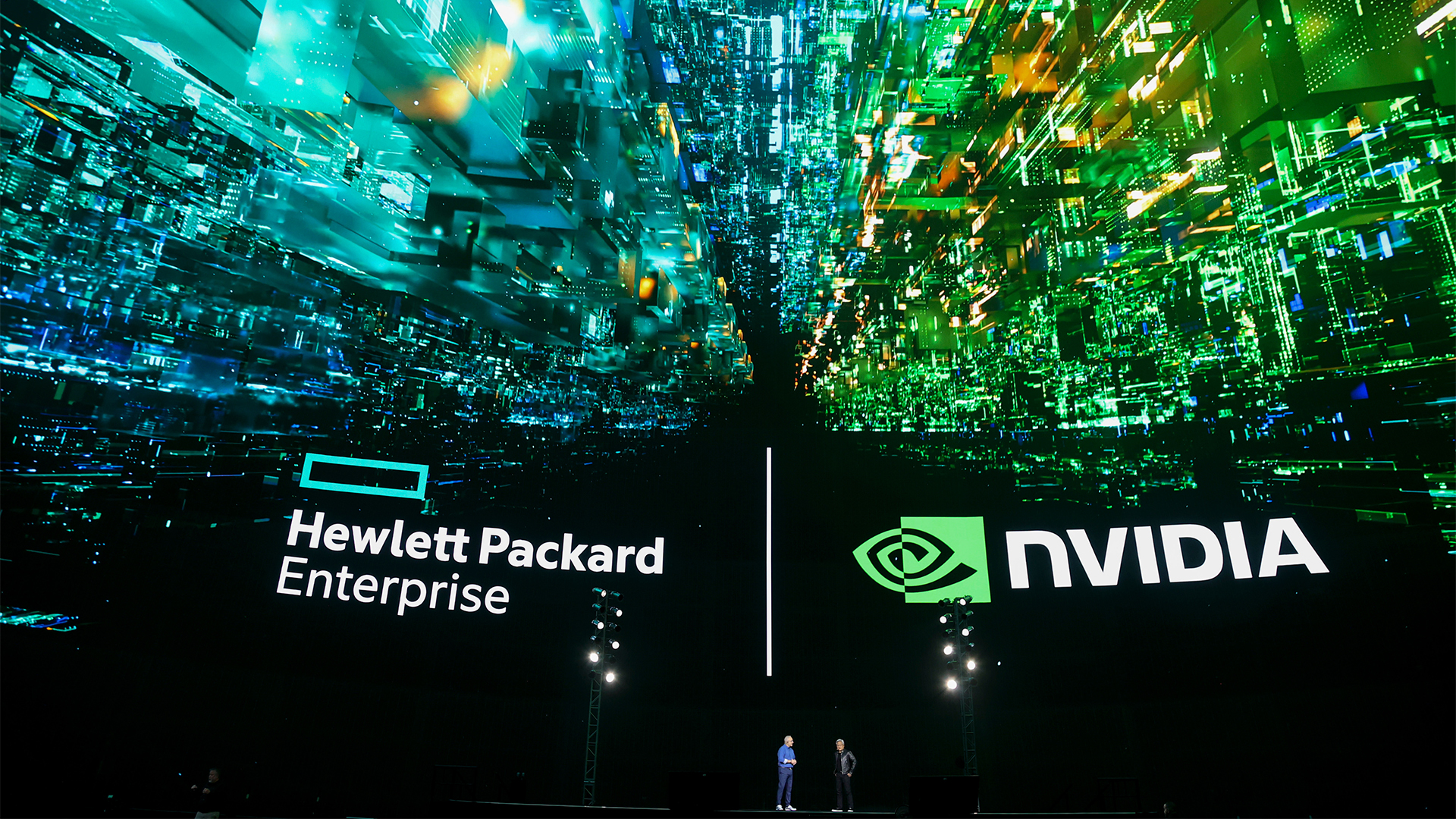 HPE unveils Mod Pod AI ‘data center-in-a-box’ at Nvidia GTC
HPE unveils Mod Pod AI ‘data center-in-a-box’ at Nvidia GTCNews Water-cooled containers will improve access to HPC and AI hardware, the company claimed

